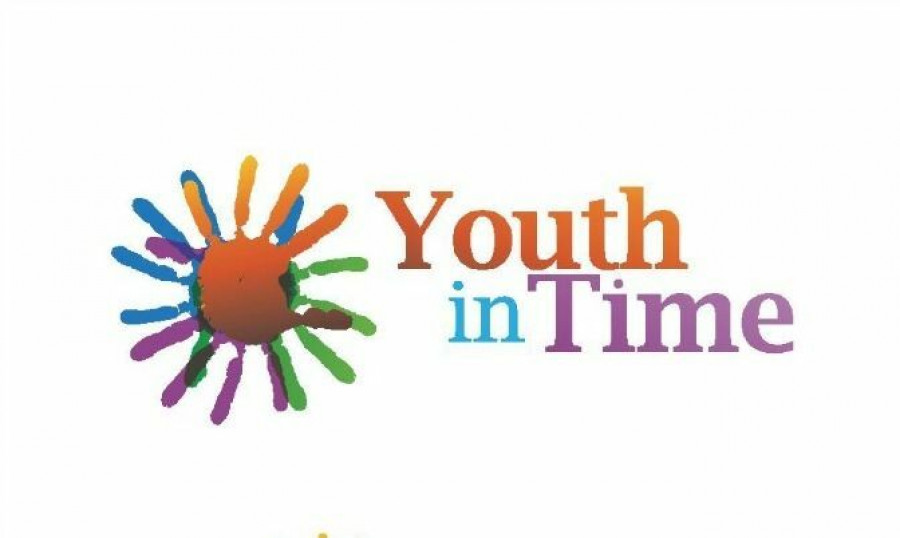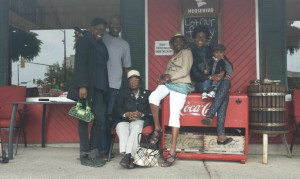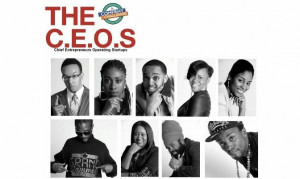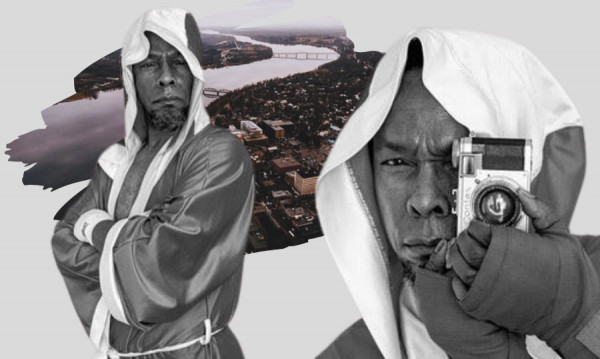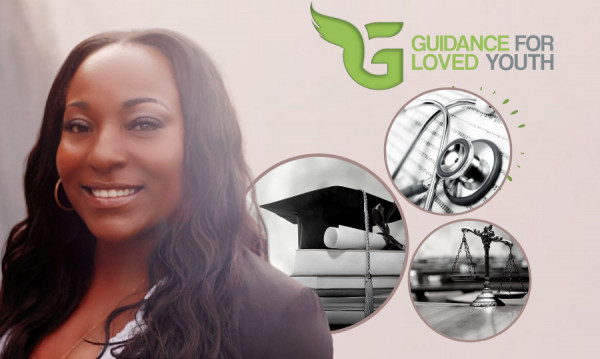Tell me a bit about how Youth in Time and the Filming Ourselves Digital Storytelling workshop for youth got started.
5 years ago, I was asked to facilitate a scarf- tying workshop at Princess Margaret Hospital (PMH) for patients who lost their hair due to chemotherapy. Big It Up hats were being sold at the Wig Salon there. Zain Haji, PMH representative, had seen my own headscarf and asked if I would run a workshop, so that women could have the option of scarf, wig, or hat. The workshops are a great success and still continue, but I noticed something about young adults who attended. Although they liked the workshops, they did not feel as comfortable with older adults. They lacked programs specifically designed for them. While there is an abundance of support programs for older adults and children, I realized there was a need for a different kind of support for younger adults and that peer support was crucial to this teen age group. I decided to provide them with tools like film, photography and digital resources, tools young people use every day, so they could tell their stories about their lives with cancer from their own point of view. Youth In Time was born.
3 years ago, the Youth in Time program teamed up with Gilda’s Club Greater Toronto, a cancer support organization that caters to the entire family. I had joined Gilda’s Club as a member, because I too had been diagnosed with leukemia 4 years ago and this was a way to help myself heal. The new program, called Filming Ourselves – Digital Storytelling, brings together 12 teens, (ages 14-19) in a creative, supportive environment at Gilda’s Club, where they have a digital resource room.
You have been doing this for three years. Where is your organization now since you started?
In three years of Youth In Time, I have seen the growth of not only the program Filming Ourselves, but the growth of myself and the many young people who have come on board, either to help facilitate, or to tell their stories. When we first began we had 4 participants; this year, 2014, we had 12 participants. We have the support of hospitals like PMH and Sick Kids, as well as Gilda’s Club Greater Toronto, and the full backing of Big It Up Hats. The program’s workshops begin in January and end in June. At the end of June, all the digital stories are showcased in a special evening presentation.
Why do you think there is a lack of support in our community?
It is a difficult thing for us to talk about. The Black Community tends to be embarrassed about being sick. Illness is viewed as weakness, something that we need to keep as our business and nobody else’s. This is not a good thing. When it comes to being ill, we can’t afford to keep it to ourselves. I know of several young people who have died because their parents, their doctors, or themselves, found out about their cancer too late.
No culture is immune from illness, sickness, or disease and there is nothing to be ashamed of. The youth population is also the most marginalized population and the most reckless when it comes to health and healthcare. Education is key to understanding who we are, how and why we need to support each other.
What are some damaging and scary things youth deal with?
The issues and concerns of the youth population are manifold. As a marginalised group, employment, career, housing and education are key concerns. When a serious illness comes into play, everything is on the brink. Some young people are looking to start a family, getting married etc. The realization that, potentially, none of those normal things can happen, is devastating. Another complication in the case of a youth recovering from cancer, like childhood leukemia, is the chance that the cancer may return. Having that constant worry is challenging.
What are some things that are misunderstood about cancer patients?
Cancer patients are you, me and everyone else. They are not to be pitied or avoided. Cancer is not contagious and given the right amount of love and attention, people survive. More people survive cancer than those who die of the disease. After chemotherapy, radiation, or an operation, recovery is crucial and can take a long time, and this is where community can step in and help the individual person, or the family. Kids living with cancer need extra love, but everyone needs love.
What is Youth in Time’s greatest achievement to date?
Successfully providing a platform for children living with cancer to share their stories and be heard.
What is the best way for people to get in touch with you?
This email address is being protected from spambots. You need JavaScript enabled to view it.
